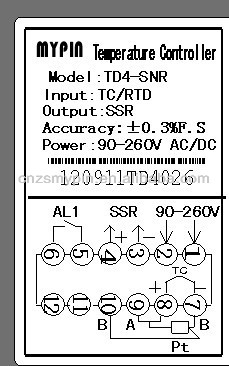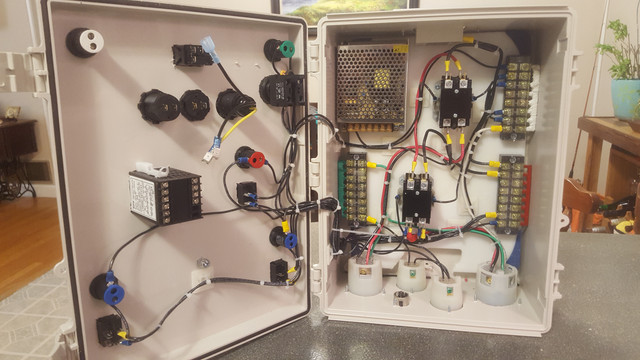Wait, so all you are doing is trying to use a switch to turn on and off your PID? If so, yes, your SSR idea would work, but you are massively overcomplicating this. Just run the AC current through your switch. PIDs don't generally draw a lot of amperage, so pretty much any well-made switch will be able to handle it just fine.
120V AC hot -> switch -> PID #1 [PID] PID #2 -> 120V AC neutral
Now, if you are worried that your switch is bunk and might short through, say, you, and you would rather run 12V DC for safety and not even touch anything that also touches 120V AC, then you probably shouldn't be using the switch, but yeah, you could do the SSR thing.
But more importantly, why do you even need a switch to turn on and off the PID? If you want a switch to do that, you could use a contactor relay to switch on and off all AC going to the rest of the box.







